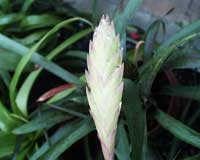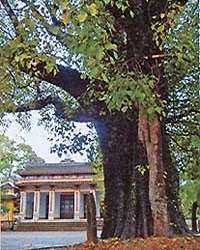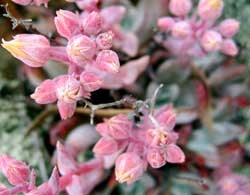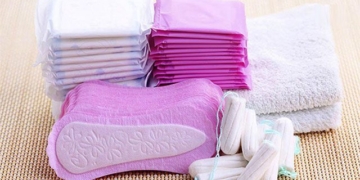Wheat, rice, corn, soybeans… are brought into space during short flights to help scientists develop new, high-yielding, disease-resistant varieties.
At first glance, the wheat fields in northeastern China look just like any other wheat fields around the world. However, these are not ordinary crops; they are created in space. They are Luyuan 502 wheat, the second most widely grown variety in China. The plants were grown from seeds sent into orbit at an altitude of 340 km above the Earth’s surface.
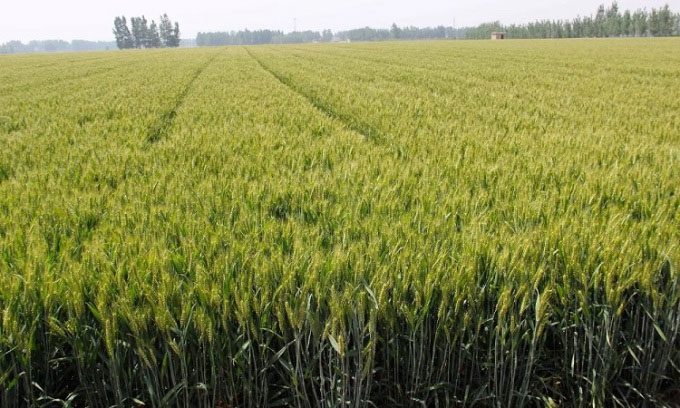
Luyuan 502 is the second most widely grown wheat variety in China. (Photo: Chinese Academy of Agricultural Sciences).
The Luyuan 502 wheat variety has yielded 11% more than standard wheat grown in China, is drought-resistant, and has a higher resistance to most common pests and diseases, according to the International Atomic Energy Agency (IAEA). The IAEA is the coordinating body for international cooperation in using radiation-based techniques to create new varieties.
In addition to wheat, Chinese scientists have also produced rice, corn, soybeans, alfalfa, sesame, cotton, watermelon, tomatoes, sweet peppers, and many other vegetables.
China has been experimenting with mutation in space since 1987 and is the only country in the world that continuously applies this technique. They have conducted dozens of missions to send crop seeds into orbit. Chinese scientists announced that the first crop grown from seeds in space was a sweet pepper variety named Yujiao 1 in 1990. Compared to traditional sweet pepper varieties, Yujiao 1 produces much larger fruits and has better disease resistance.
In 2006, China sent the largest mass of seeds, totaling 250 kg, along with microorganisms of 152 species aboard the Shijian 8 satellite. In May of this year, 12,000 seeds from several species of grass, oats, alfalfa, and fungi were returned to Earth during the crewed Shenzhou 13 mission. They even launched a batch of rice during the lunar flyby mission Chang’e 5 in November 2020. Reports indicate that these rice seeds successfully sprouted in the laboratory after being brought back to Earth.
Seeds are typically sent into space on flights lasting from 4 days to several months. In the unusual environment of space, some changes can occur to the seeds and crops. First, high solar energy and cosmic radiation can damage the plant materials in the seeds, leading to mutations or chromosomal disruptions that can be passed on to future generations. The low-gravity environment can also lead to other changes. Crops germinating and growing under microgravity conditions often show changes in cell shape and internal cell structure.
In most cases, Chinese scientists send seeds into space and then bring them back to plant on the ground. The seedlings are screened for useful traits that provide advantages over conventional varieties. Researchers typically look for changes that lead to larger fruits, lower water requirements, better nutritional value, tolerance to high and low temperatures, or strong disease resistance. In some cases, rare mutations can lead to breakthroughs in crop yields. The most promising crops are further bred until researchers obtain improved varieties that meet farmers’ needs.
Both space mutation techniques and radiation exposure can reduce the time needed to develop new varieties by half compared to conventional methods, according to Shoba Sivasankar, head of the Plant Breeding and Genetics organization of the IAEA and the Food and Agriculture Organization (FAO). Through these two methods, China has developed and commercialized over 800 new varieties, improving all important traits compared to conventional crops, according to the IAEA.
Liu Luxiang, a Chinese expert in space mutation techniques and director of the Space Mutation Center for Crop Improvement at the Institute of Crop Sciences of the Chinese Academy of Agricultural Sciences in Beijing, acknowledges that sending seeds into space is more expensive than placing them in radiation projectors on the ground. However, space flights provide clear benefits and often yield better results. In radiation projectors, seeds receive a large dose of ionization ranging from 50 to 400 gray in a matter of seconds. In contrast, seeds on a week-long flight into space are only exposed to 2 milligray. As a result, 50% of seeds cannot germinate after radiation exposure, while nearly all seeds sent into space can grow into plants.








































